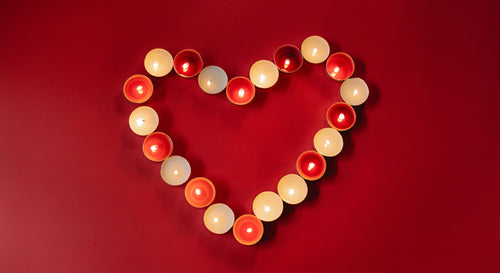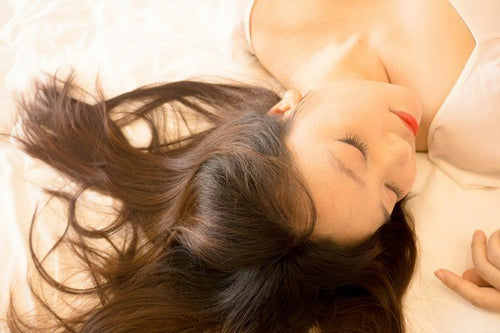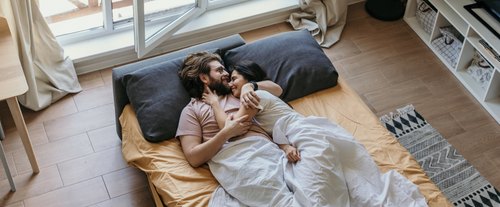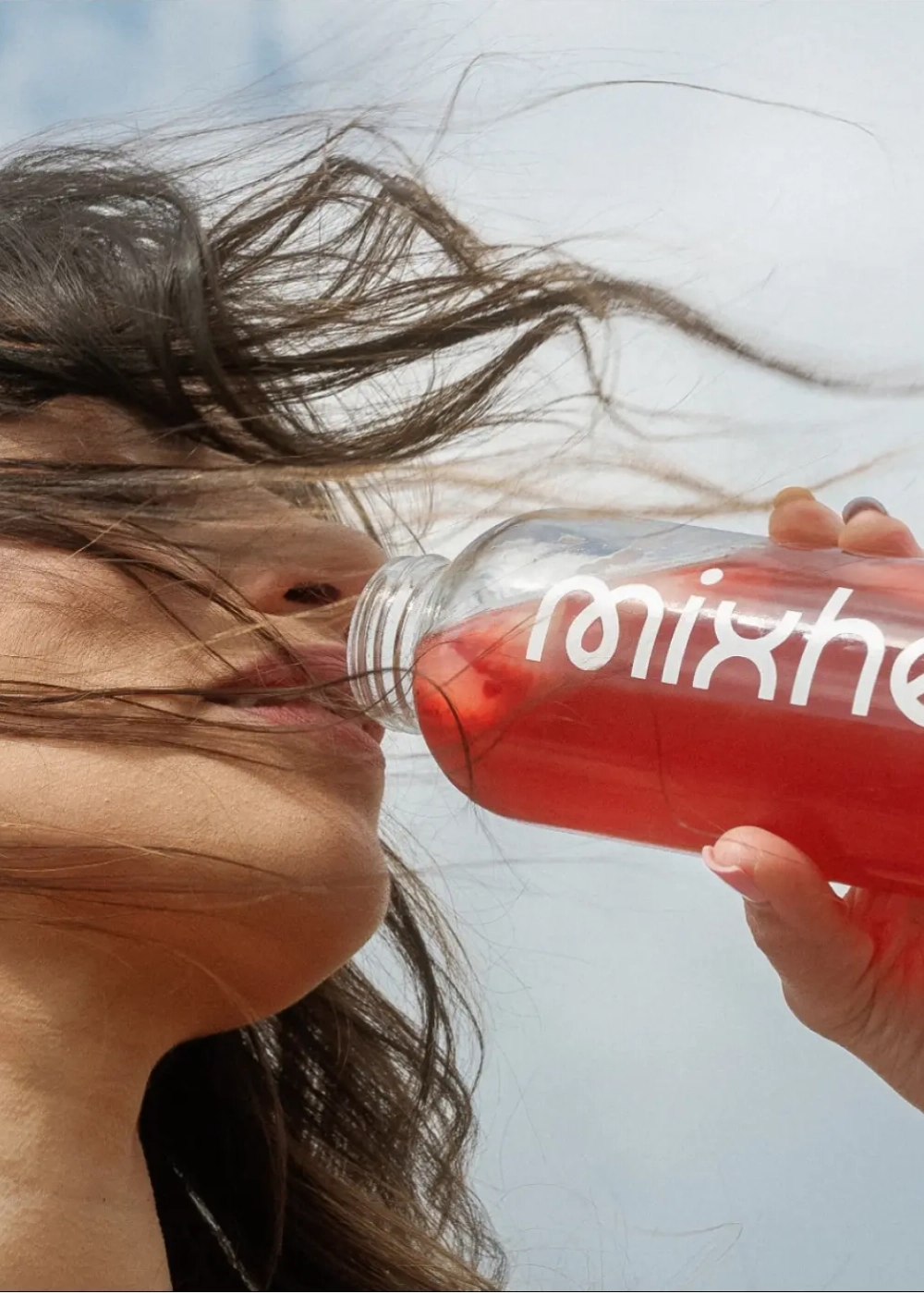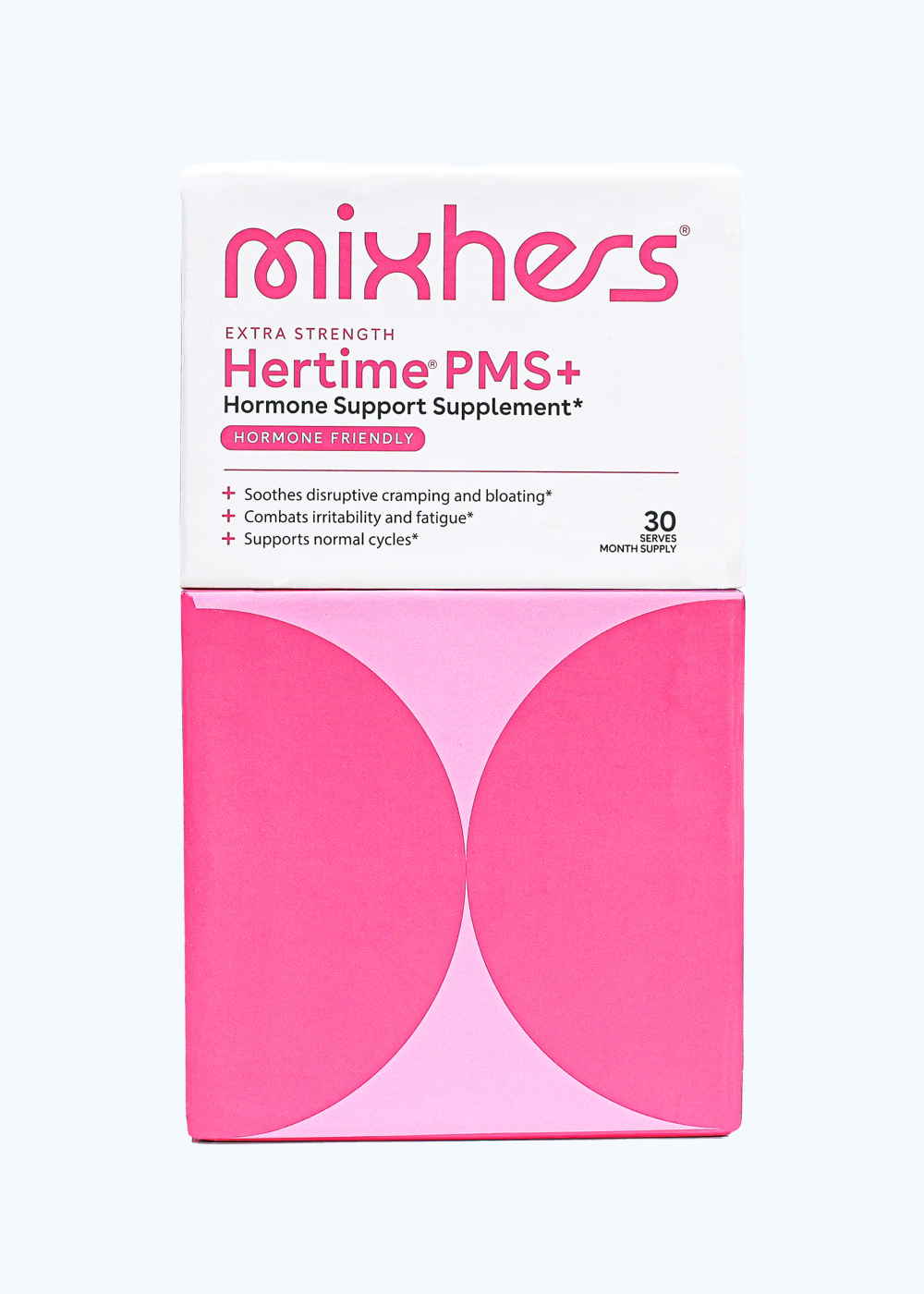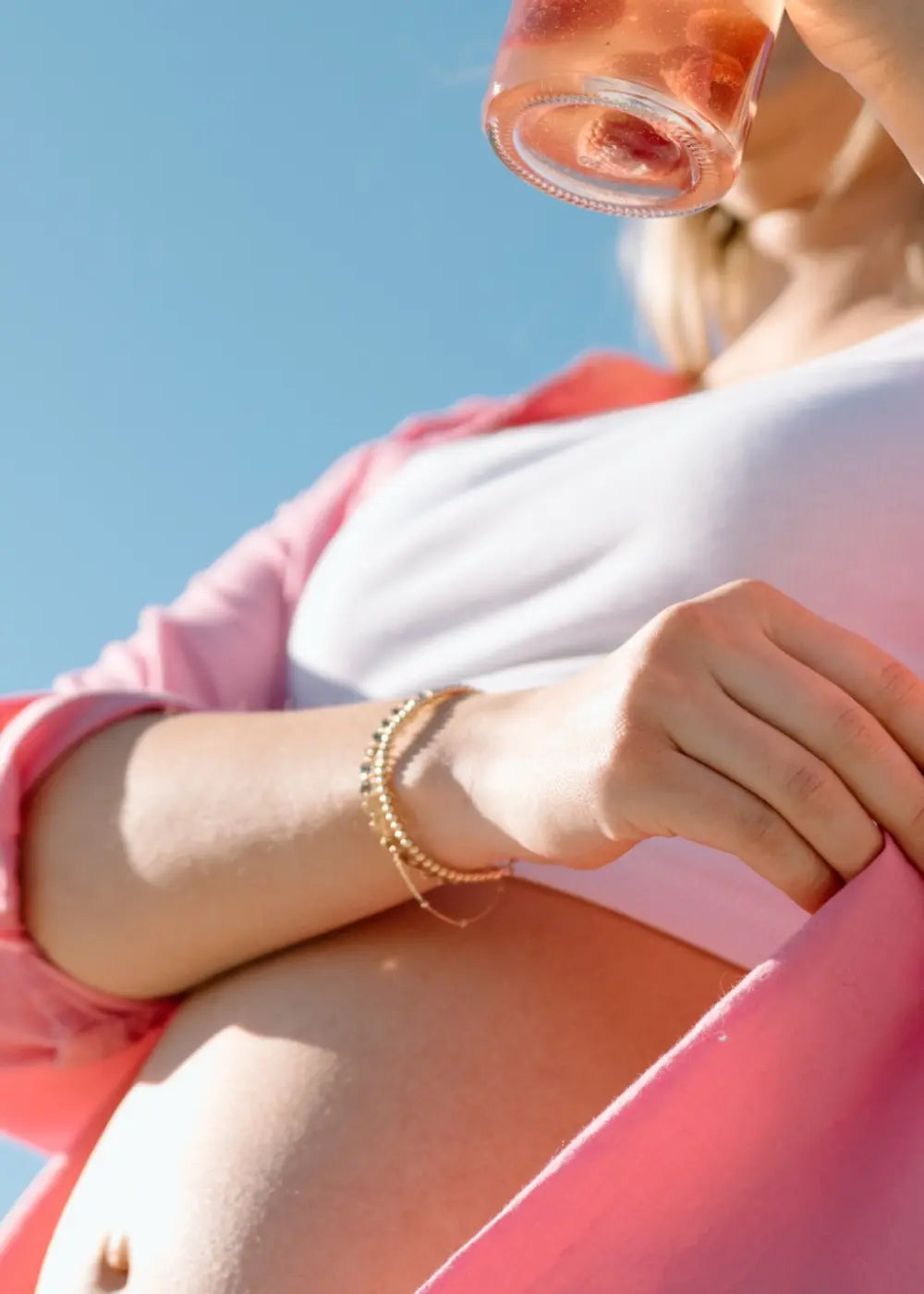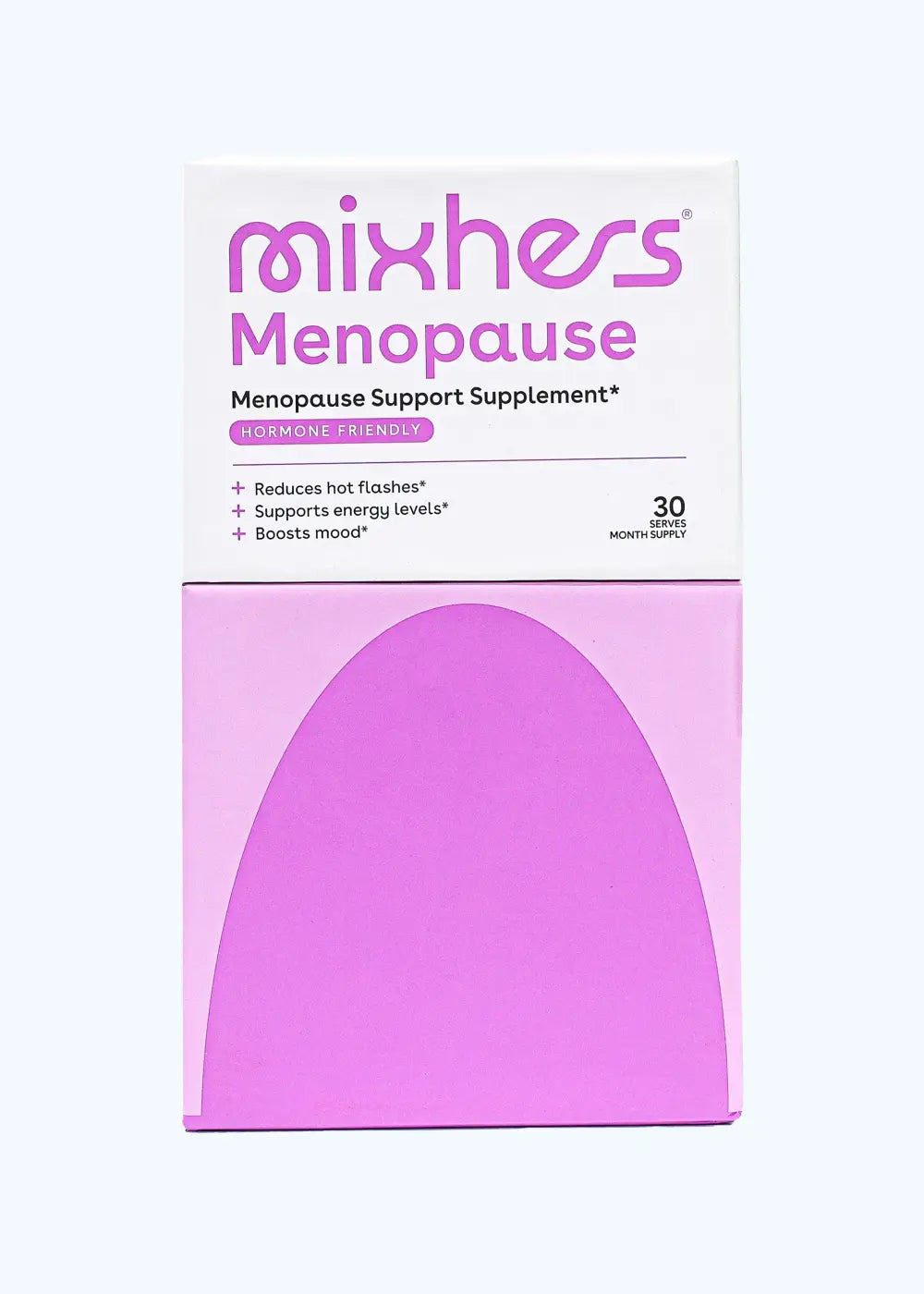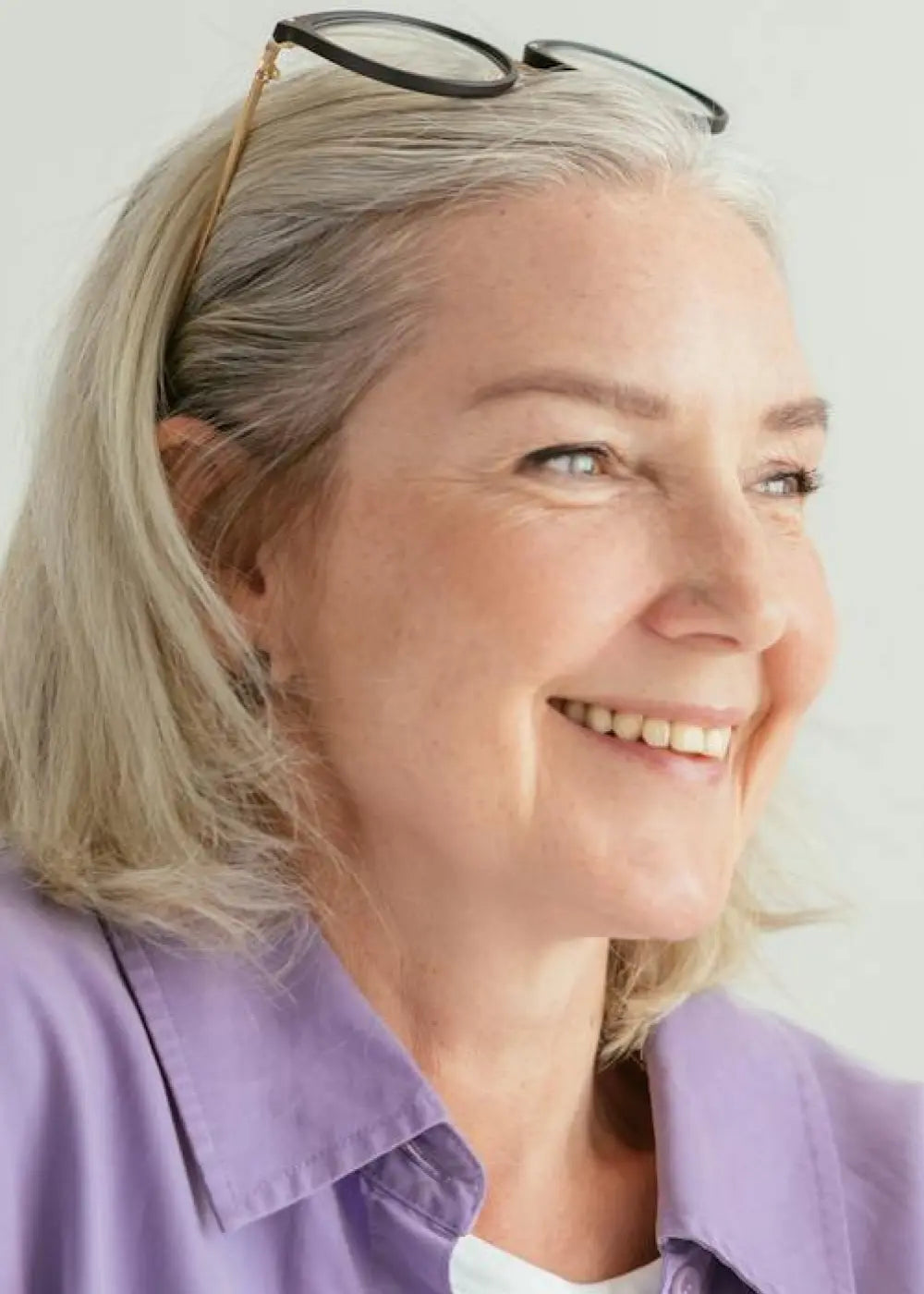Many of us wonder what causes low sex drive in women. Learn more about this condition, why it’s normal, and how to move forward in your relationship.
Sex is one of the most pleasurable experiences you can have with another person. It should be exciting, fun, and fulfilling. But what if none of these things describe your sex life lately? Is there something wrong with you? It’s normal to have questions like this when you’re experiencing low sexual desire. But you’re not alone, girl, and you’re certainly not abnormal.
The female sex drive can be just as varied and complicated as our monthly cycles. It’s normal to have peaks and valleys when it comes to our libido. If lack of sexual desire is bothering you or taking a toll on your self-confidence, it’s important to understand what causes low sex drive in women. Then, you can take action to improve your sex life like the empowered woman you are.
Improving your sexual drive may be as simple as taking a supplement (Herlove is a great option!) or as complicated as receiving sex therapy. But any step you take to boost your sexual health will be worth it in the long run.


